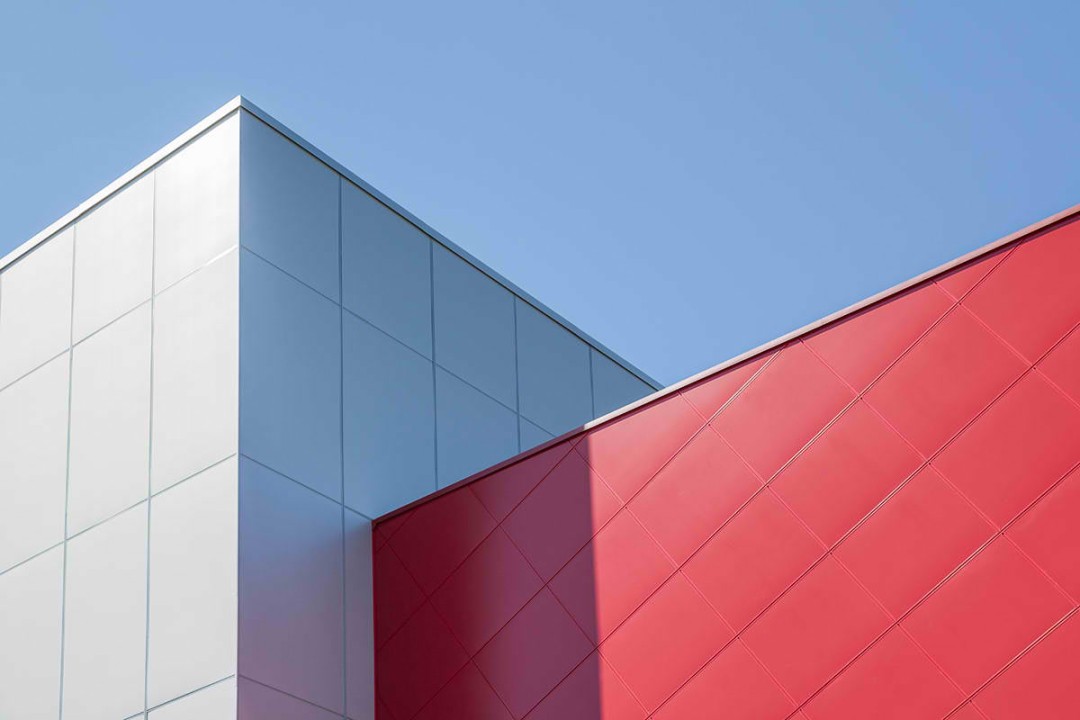
Introduction
The population density of Dhaka has steadily grown, leading to an increase in the number of residential and commercial structures being built. Every day, more and more commercial buildings are required for the expansion of businesses. This led to a sharp growth in the commercial building’s design and construction. Because of this, the city is quickly becoming more urbanized and is dealing with several issues, one of which is the unusually high and unpleasant temperatures. The usage of external materials in commercial buildings is another factor contributing to the rise in hot and unpleasant weather (Kini et al., 2017)1.With the recent design trends of using some common significant materials fluently on the building’s exterior, the presence of the material in nature is becoming massive day by day, directly affecting the growth of the city’s unpleasant temperature than usual.
Using external materials wisely in designing and constructing commercial buildings is one possible way to address this issue. Research has indicated that appropriate choice and use of exterior materials can significantly reduce cooling loads, energy consumption, and thermal comfort (Mohammadi, 2018)2, (Amos-Abanyie, 2009)3, (González-Longo & Sahabuddin, 2019)4.
The effectiveness of this strategy can be further understood by looking at climate-responsive solutions in the traditional homes of Bushehr City, which is located in southern Iran. The results of this study show that the main environmentally friendly ways to improve comfort levels and lower cooling loads are through shade, using appropriate materials for outside walls, and allowing natural ventilation (Mohammadi, 2018)2, (Leon & Emma, 2016)5.
By researched this topic because, when looking at the background, couldn’t find that much specific study on the use of the exterior materials of commercial buildings to improve a city’s thermal comfort. The results of this study will help designers choose which building materials and design process to use on the exterior of a commercial building to increase thermal comfort.
A more targeted research question was put forward to narrow the study’s focus:
Does a commercial building’s external material treatment enhance Dhaka’s thermal comfort?
AIMs
This study aims to increase the thermal comfort of commercial buildings by changing the exterior material of buildings with façade treatment.
Objectives
- To understand the use of different types of exterior finish material, which helps to increase thermal comfort.
- To study the building’s exterior façade design by using the selected material, which will help the building to produce less temperature, and increase the thermal comfort of the occupants.
Research Methodology
This part of this paper focuses on the types and steps of the research and methods.
There are three steps to start a research:
- Literature Review
- Field Survey
- Analysis
- Literature Review: It is very important to gain knowledge on related issues to understand the research topic and its needs. The related topic for this research is the thermal comfort of a building, building façade treatment and material use, and building energy efficiency.
- Field Survey: A field survey is a necessary step of research. To survey a building and its surroundings to understand the building façade treatment and the use of its material.
The data collection for the field survey will take the following forms:
- Documentation.
- Energy Consumption Detail
- Questionnaire Survey
- Temperature Measurements
- Analysis
There are three possible ways to analyze the data gathered from field survey.
- Data collected by questionnaire survey.
- Analyzing the temperature measurements.
- Analyzing the energy performance of the building.
These field survey data analysis will help progress the research to find a new dimension on building external material use, which will help to increase the thermal comfort of a building.
References
[1] Kini, O., Shenoy, J. and Subramaniam, V., 2017. Impact of financial leverage on the incidence and severity of product failures: Evidence from product recalls. The Review of Financial Studies, 30(5), Oxford University, England.1790-1829.
[2] Mohammadi, B., Gholizadeh, M.H. and Alijani, B., 2018. Spatial distribution of thermal stresses in Iran based on PET and UTCI indices. Applied Ecology & Environmental Research, 16(5).
[3] Amos-Abanyie, S., Akuffo, F.O. and Quagrain, V., 2009. Unveiling energy-saving techniques for cooling in residential buildings in Ghana. International Journal of Ventilation, 8(1), pp.23-35.
[4] Gonzalez-Longo, C. and Mohd Sahabuddin, M.F., 2019. High-rise social housing in hot-humid climates: towards an ‘airhouse’standard for comfort. Applied Sciences, 9(23), p.4985. [5] Leon G. and Emma N., 2016, “Thermal autonomous housing for the developing world: A case study in Bhuj”, IEEE Global Humanitarian Technology Conference (GHTC), Seattle, WA, USA, 183-189,

